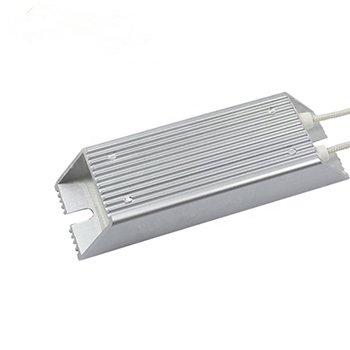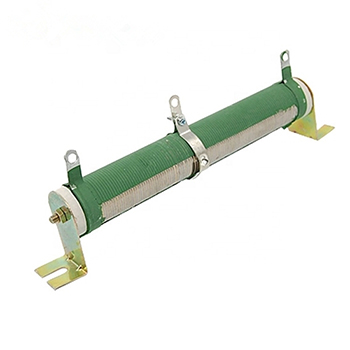What is Resistor Used For?
A resistor is a current-limiting element. When a resistor is connected to a circuit, it can limit the amount of current passing through the branch it is connected to. The resistance value of the resistor is fixed, generally two pins, and the one with a constant resistance value is called a fixed resistor. Resistors are widely used in circuits, and then ATO will introduce the application scenarios and functions of resistors to you.
Resistor application
In different usage occasions, the voltage/current stress acting on the varistor is also different, so our requirements for the varistor are also different. It is very important to pay attention to distinguishing this difference for correct use. The specific application scenarios are as follows:
Electronic products: Resistors are often used in electronic products to limit current and divide voltage, such as TVs, mobile phones, computers, etc.
Lighting equipment: Bulbs and LED lights used in lighting equipment need to control the current, and resistors are usually used to limit the current to ensure their normal operation.
Electric tools: The motors used in electric tools need to control the current, and resistors are usually used to limit the current to protect the motor from being damaged by excessive current.
Automotive circuits: Resistors are often used in automotive circuits to limit current, divide voltage, etc., such as car lights, ignition systems, etc.
Medical equipment: Resistors are often used in medical equipment to control the magnitude of the current, such as electrocardiographs, ventilators, etc.
Household appliances: Resistors are often used in household appliances to limit current, divide voltage, etc., such as rice cookers and electric kettles.
What is the function of a resistor?
The resistor itself has a blocking effect on the current. It can be used in the circuit to limit the current, reduce the voltage, and divide the voltage according to the different forms of the circuit.
The current limiting function of the resistor
Impeding the flow of current is the most basic function of a resistor. According to Ohm's law, when the voltage across the resistor is fixed, the larger the resistance value, the smaller the current flowing through it, so the resistor can be used as a current-limiting device. When the resistance value of the resistor is small, the current limited by it is relatively small, so the current flowing through the bulb is large, and the bulb is brighter. When the resistance value of the resistor is larger, the current limited by it is larger, the current flowing through the bulb is smaller, and the bulb is darker.
The step-down function of the resistor
The voltage-reducing function of the resistor is similar to the current-limiting function. It generates a certain voltage drop through its own resistance, reduces the input voltage, and then supplies power to other components to meet the low-voltage power supply requirements in the circuit.
The voltage-dividing function of the resistor
The realization of the voltage dividing function of the resistor usually requires two or more ceramic braking resistors to be connected in series in the circuit, then the two resistors can divide the input voltage, and the resistors are divided into different voltages.
There is a definite functional relationship between voltage and current, which is reflected in the ability to convert electrical energy into other forms, represented by the letter R, and the unit is ohm Ω. Practical devices such as light bulbs, heating wires, resistors, etc. can be expressed as resistor elements.
The resistance value of the resistance element is generally related to temperature, material, length, and cross-sectional area. The physical quantity that measures the influence of temperature on resistance is the temperature coefficient, which is defined as the percentage change in resistance value when the temperature increases by 1 °C. The main physical feature of a resistor is to convert electrical energy into heat energy. It can also be said that it is an energy-consuming element, and internal energy is generated when current passes through it. Resistors usually act as voltage dividers and shunts in circuits. For signals, both AC and DC signals can pass through resistors.
Feature of resistor
- Resistance is a physical quantity, which in physics indicates the size of the resistance of the conductor to the current.
- When the resistance of the conductor is greater, it means that the resistance of the conductor to the current is greater, and the current flowing through the conductor is smaller, and vice versa.
- The resistance of different conductors is generally different, and resistance is a property of the conductor itself. The resistance of a conductor is usually represented by the letter Ω, and the unit of resistance is the ohm.
- The main physical characteristic of resistance is to convert electrical energy into heat energy, and internal energy is generated when current passes through it.
- The resistance value of the resistance element is generally related to temperature, material, length, and cross-sectional area.

